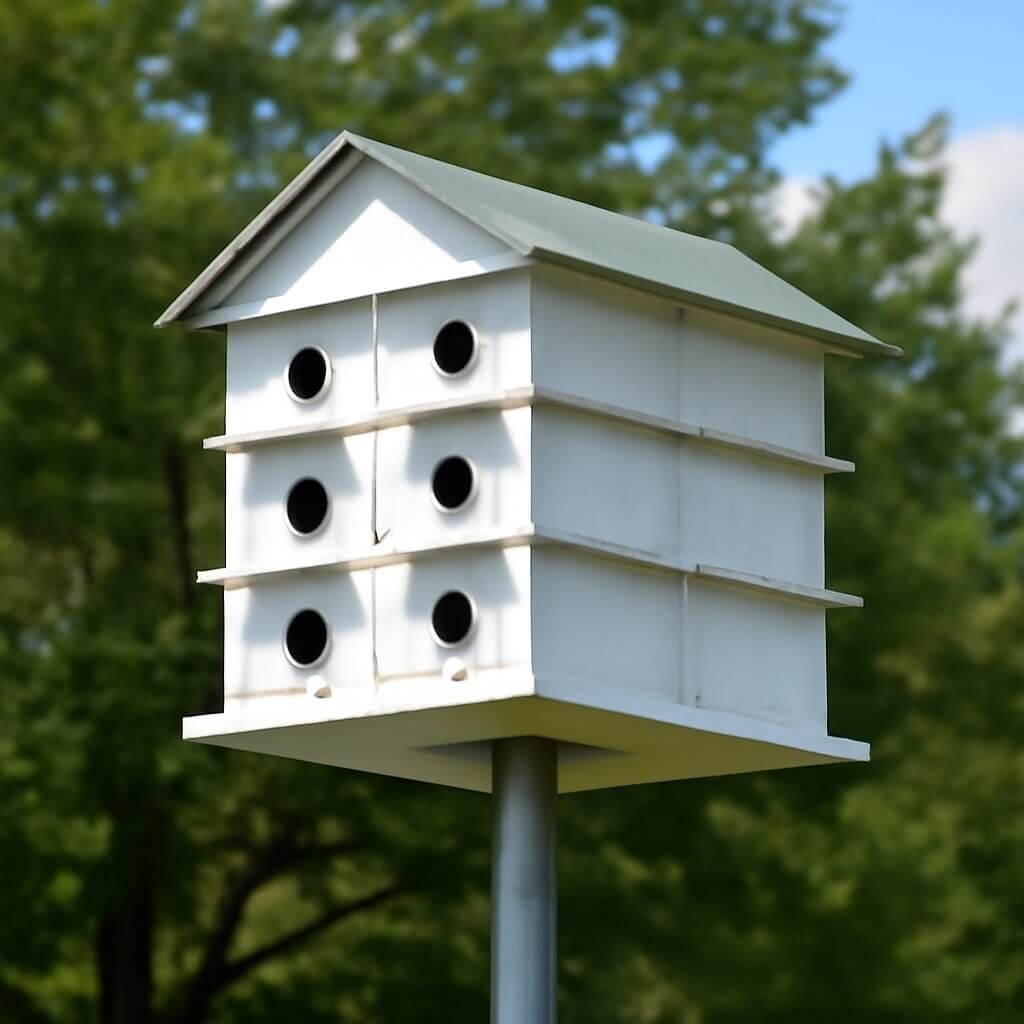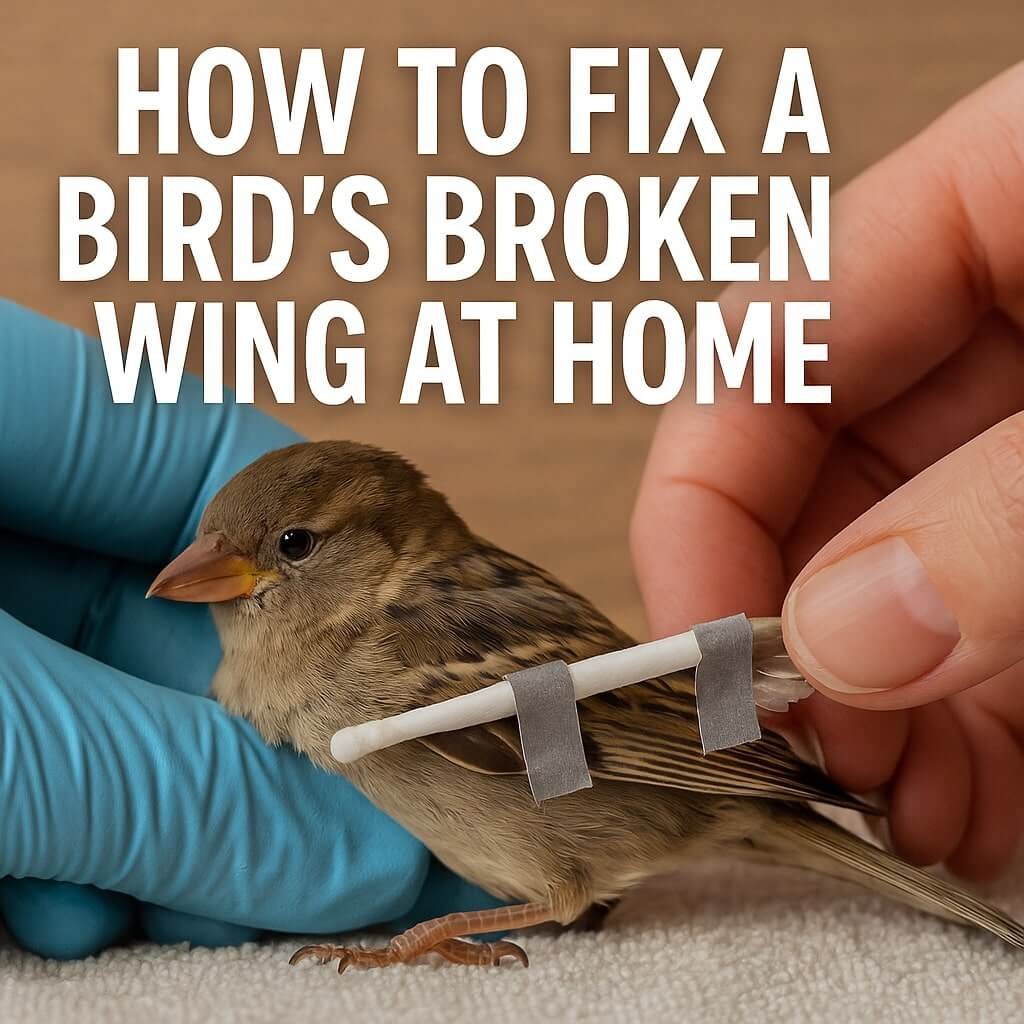Red leg disease is a serious and potentially fatal condition affecting pet frogs worldwide. Understanding how to treat red leg in frogs at home is crucial for every amphibian enthusiast. This guide will walk you through everything from identifying symptoms to effective treatment and prevention strategies, ensuring your frog stays healthy and happy.
Understanding Red Leg Disease in Frogs
What is Red Leg Disease?
Red leg disease, scientifically known as Aeromonas hydrophila infection, is a bacterial infection that primarily affects frogs. It causes redness, swelling, and ulcers on the legs and abdomen, which is how it gets its name. This condition weakens the frog’s immune system and, if untreated, can lead to septicemia and death. The bacteria thrive in poor environmental conditions, making it a common threat in captivity.
Common Causes of Red Leg in Frogs
Red leg is typically caused by the bacterium Aeromonas hydrophila. However, several factors contribute to the disease’s onset:
- Poor water quality: Dirty, stagnant water allows harmful bacteria to multiply.
- Stress: Overcrowding, sudden temperature changes, and improper habitat can stress frogs.
- Injuries: Scratches or cuts provide entry points for bacteria.
- Nutritional deficiencies: Weak immune systems make frogs more vulnerable.
Recognizing Symptoms of Red Leg in Frogs
Physical Symptoms to Watch For
Early recognition is key to treating red leg effectively. Look out for:
- Reddening of the legs and abdomen: The most obvious sign.
- Swelling and ulcers: Open sores or lesions that may ooze fluid.
- Skin discolouration: Darkening or patchy skin.
- Lethargy: The frog becomes less active and moves slowly.
Behavioral Changes
Infected frogs may show:
- Loss of appetite
- Avoidance of movement
- Abnormal postures or hiding more often
Causes and Risk Factors of Red Leg in Frogs
Environmental Stressors
Stressful living conditions significantly increase the risk of red leg disease. Key environmental factors include:
- Poor water filtration or infrequent water changes
- High ammonia and nitrite levels
- Excessive handling or rough tank mates
Nutritional Deficiencies
A diet lacking in essential vitamins and minerals can impair the frog’s immune system, making it more susceptible to infections like red leg.
Diagnosing Red Leg Disease at Home
When to Consult a Veterinarian
If you notice symptoms of red leg, prompt veterinary consultation is advisable. Severe cases require professional diagnosis and treatment, often involving antibiotics.
Home Testing and Observations
While waiting for vet care, you can:
- Monitor the progression of redness and lesions.
- Test water parameters (pH, ammonia, nitrites).
- Keep a detailed record of symptoms and environmental changes.
Step-by-Step Home Treatment Plan for Red Leg in Frogs
Isolating the Affected Frog
To prevent the spread, isolate the infected frog in a clean, separate tank with controlled water quality.
Improving Water Quality
Perform immediate partial water changes to reduce harmful bacteria. Use a water conditioner to remove chlorine and chloramine.
Administering Antibiotics Safely
Only use antibiotics prescribed by a vet. Commonly recommended medications include:
- Enrofloxacin
- Metronidazole
Follow dosage instructions carefully to avoid overdosing or underdosing.
Enhancing Diet for Recovery
Supplement the frog’s diet with vitamins and minerals to boost immunity. Feed high-quality live or frozen prey such as crickets or worms.
Proper Tank Cleaning Practices
Clean and disinfect the tank thoroughly after treatment to prevent reinfection. Replace substrate and clean decorations with a diluted bleach solution, rinsing well afterward.
Prevention Tips to Avoid Red Leg Disease
Maintaining Optimal Habitat Conditions
- Maintain stable temperatures (65-75°F depending on species).
- Ensure proper humidity and ventilation.
- Avoid overcrowding.
Regular Health Monitoring
- Check frogs weekly for any skin changes.
- Keep water parameters in check.
- Quarantine new frogs before introducing them to the main tank.
Common Mistakes to Avoid When Treating Red Leg
Frequently Asked Questions (FAQs)
Can red leg disease be cured at home?
Yes, mild cases can be managed at home with proper isolation, water quality improvement, and vet-prescribed antibiotics.
How long does it take for a frog to recover?
Recovery usually takes 2-4 weeks, depending on severity and treatment efficacy.
Is red leg contagious to other pets or humans?
Red leg bacteria primarily affect amphibians but can be opportunistic pathogens in humans with weakened immune systems. Practice good hygiene.
What water parameters help prevent red leg?
Maintain ammonia and nitrite at zero, pH between 6.5-7.5, and temperature according to species needs.
Can I prevent red leg by vaccinating my frog?
Currently, no vaccine exists for red leg disease.
What should I feed my frog during treatment?
Feed protein-rich insects supplemented with vitamins like calcium and vitamin A to boost immunity.
Conclusion: Ensuring Your Frog’s Health and Longevity
Treating red leg in frogs at home requires quick action, proper care, and vigilance. By understanding the causes, symptoms, and treatment steps, you can give your amphibian the best chance at a full recovery. Prevention through good husbandry remains the most effective way to keep red leg disease at bay. Stay observant, maintain a clean habitat, and consult your vet for any concerns.













